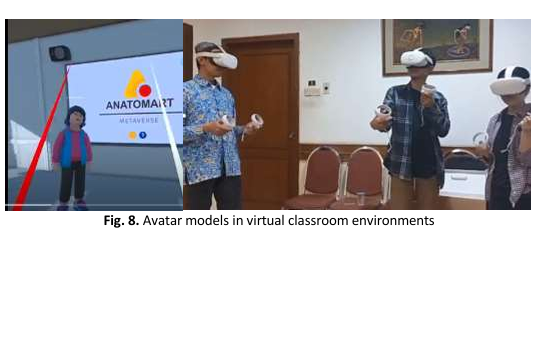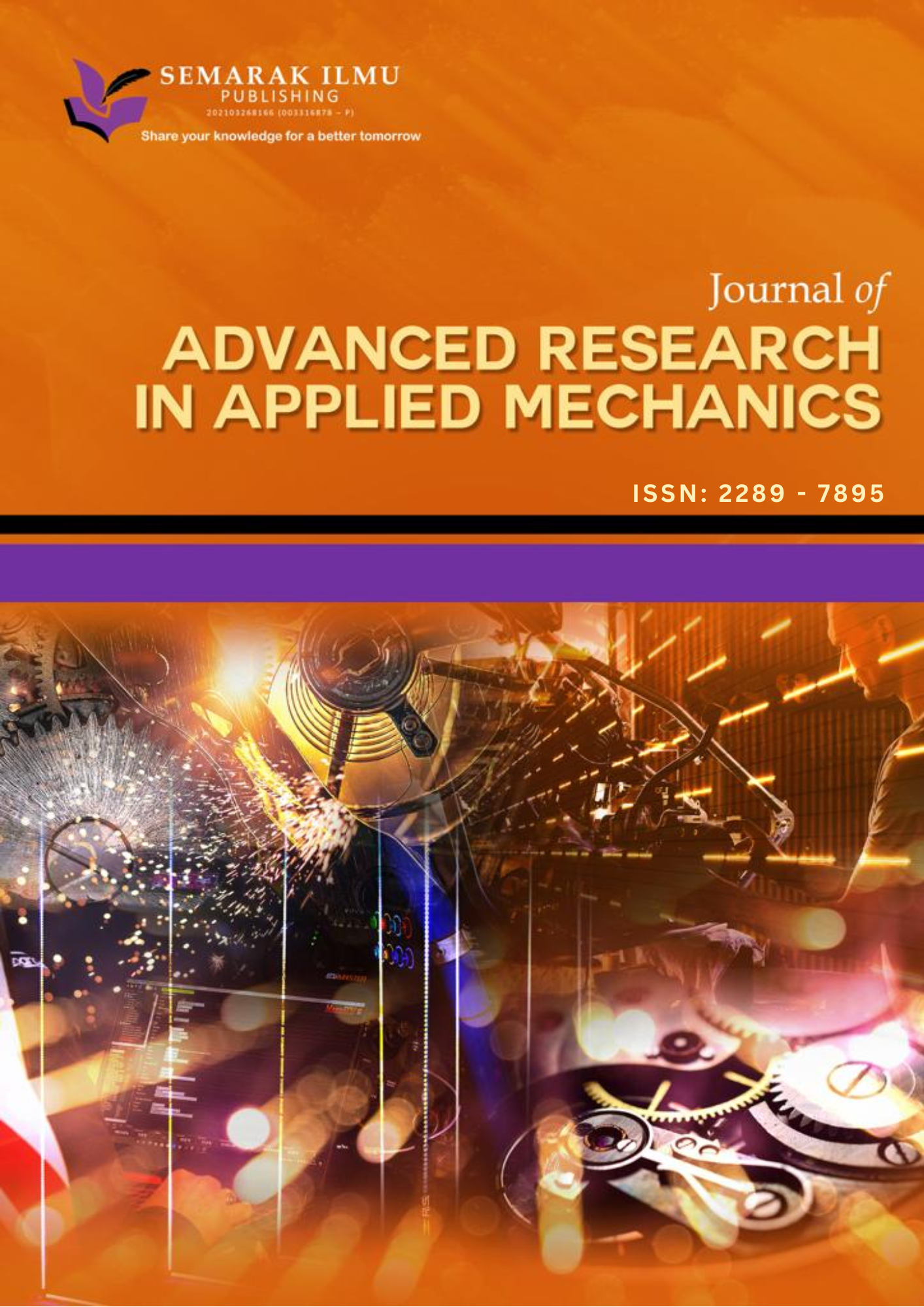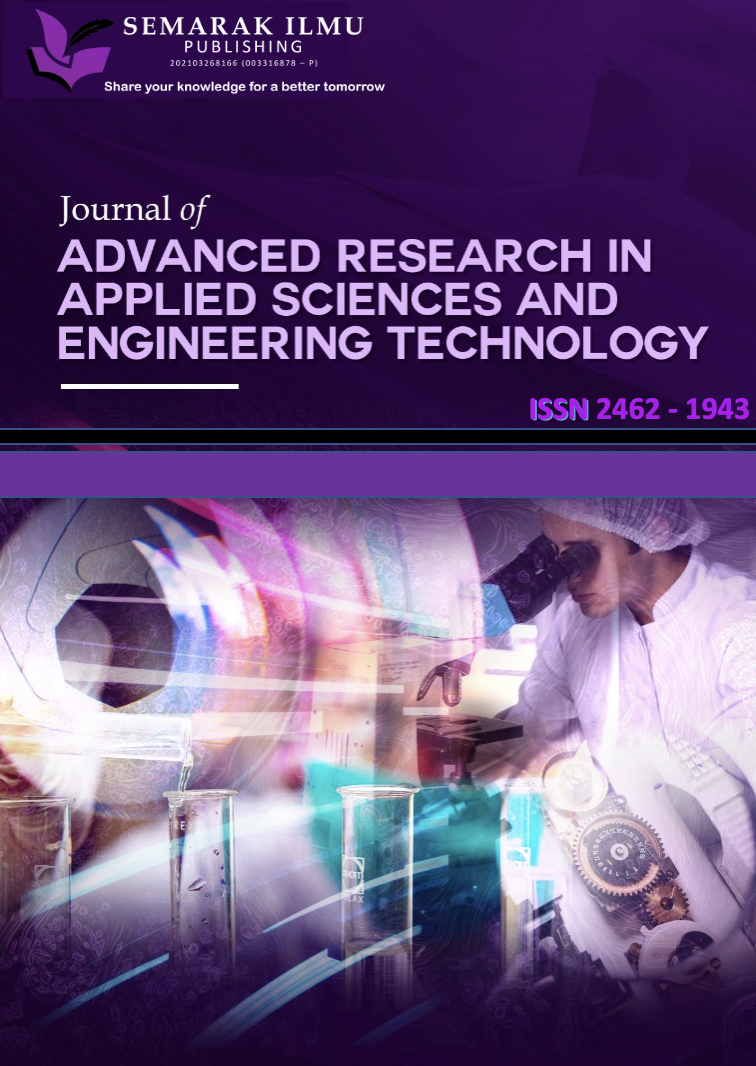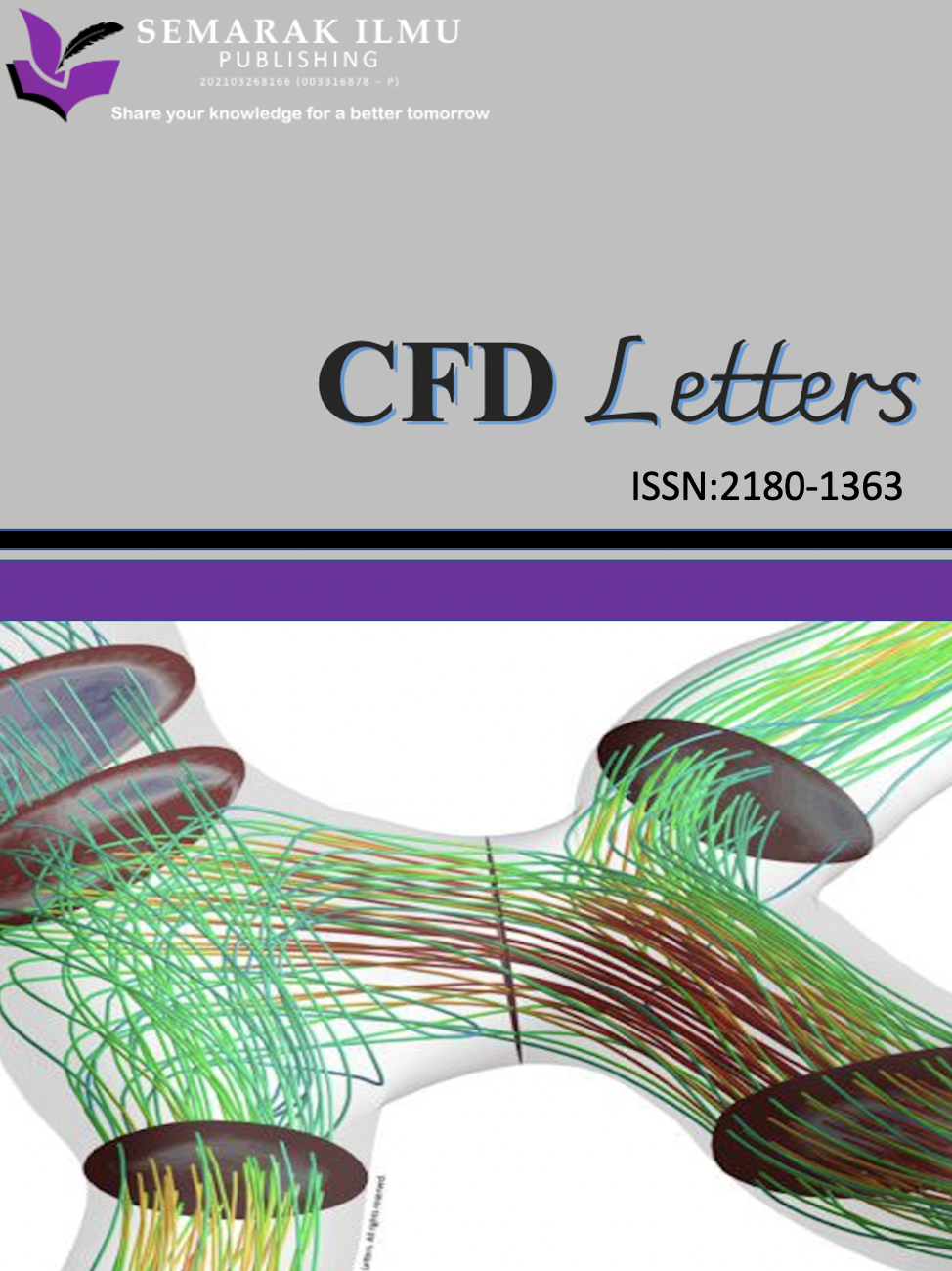Multi-user Interaction in Collaborative Virtual Multi-class for Metaverse
DOI:
https://doi.org/10.37934/ard.135.1.3952Keywords:
Virtual reality, multi-user, multi-class, anatomy laboratory, collaborative learningAbstract
Multi-user Virtual Reality (VR) technology that supports multi-class has effectively addressed challenges in traditional face-to-face learning, including constraints related to location, time, and pandemics. This innovation is anticipated to deliver substantial cost savings across fields such as education, medical care, training, and industry. This study introduces a Unity-based multi-user collaborative virtual classroom model, themed around an anatomy laboratory, enabling users to interact within a shared virtual environment while supporting the creation of additional classrooms for diverse educational purposes. The system architecture consists of three layers: the application layer, which facilitates user interaction through 3D avatars and collaborative tasks; the framework layer, supporting multi-user communication and 3D anatomical model manipulation; and the engine layer, leveraging Unity and Photon Engine for multi-user functionality and device integration. The prototype was evaluated using the Technology Acceptance Model (TAM) with 30 first-time users, demonstrating strong reliability and validity across key dimensions: Perceived Usefulness (PU), Perceived Ease of Use (PEOU), Attitude Toward Using (ATT), and Behavioral Intention to Use (BI). PEOU scored the highest (4.46 ± 0.56), indicating ease of use, while BI scored slightly lower (4.21 ± 0.60), suggesting opportunities for improving engagement. These findings highlight the potential of the Anatomart VR application to enhance anatomy education through an innovative, immersive, and collaborative learning environment.
Downloads























